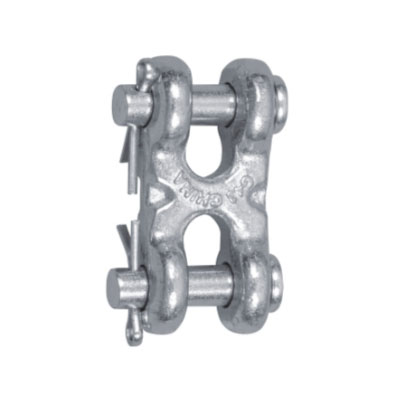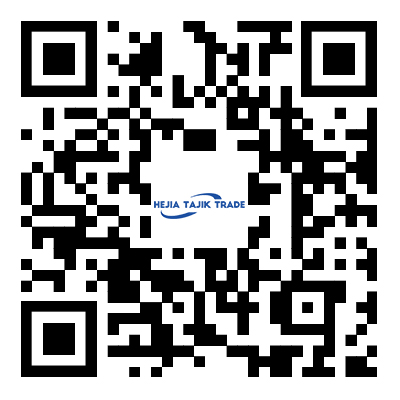Here are some key features and uses of twin clevis links
2024-03-14
Twin clevis links are mechanical connectors used in various applications, particularly in rigging, lifting, and towing operations. They consist of two clevises connected by a pin or bolt, forming a link that allows for the attachment of chains, cables, or other rigging components. Here are some key features and uses of twin clevis links:
1. Design: Twin clevis links typically feature two clevis ends with holes or slots for attaching rigging hardware such as shackles, hooks, or chains. The clevises are joined by a pin or bolt, which allows for easy assembly and disassembly.
2. Material: Twin clevis links are commonly made from high-strength materials such as alloy steel or stainless steel to ensure durability and resistance to corrosion. The choice of material depends on the specific application and environmental conditions.
3. Strength: Twin clevis links are designed to withstand heavy loads and forces encountered in rigging, lifting, and towing operations. They are often rated for specific working load limits (WLL) or breaking strength to ensure safe and reliable performance.
4. Versatility: Twin clevis links are versatile connectors that can be used in a wide range of applications, including construction, maritime, agriculture, forestry, and material handling. They provide a secure attachment point for rigging hardware and facilitate the assembly of rigging systems.
5. Connection: Twin clevis links are commonly used to connect chains, cables, slings, or other rigging components in lifting and towing operations. They allow for quick and easy attachment and removal of rigging hardware, making them ideal for applications that require frequent assembly and disassembly.
6. Safety: Proper selection and use of twin clevis links are essential to ensure safety in rigging and lifting operations. It is important to follow manufacturer recommendations and industry standards for load ratings, inspection, and maintenance to prevent accidents and injuries.
7. Maintenance: Regular inspection and maintenance are crucial to ensure the integrity and performance of twin clevis links. Inspections should include checking for signs of wear, deformation, or damage, as well as verifying proper assembly and alignment of components.
8. Compliance: Twin clevis links used in lifting and rigging applications should comply with relevant industry standards and regulations, such as those set forth by organizations like the Occupational Safety and Health Administration (OSHA) or the American Society of Mechanical Engineers (ASME).
Twin clevis links play a vital role in rigging, lifting, and towing operations, providing a reliable and secure connection point for rigging hardware. By understanding their features, uses, and safety considerations, operators can ensure safe and efficient handling of loads in various industrial and commercial settings.



